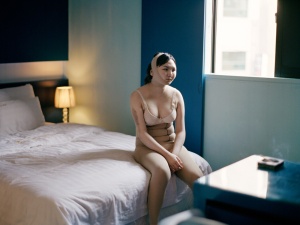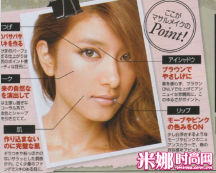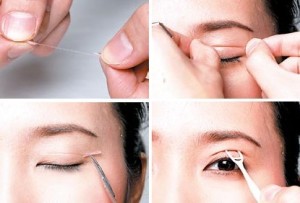As I was researching for the previous posts, I came across these wacky products that claimed to provide the results from cosmetic surgeries, but at a much cheaper cost. These products are so ridiculously funny that I find it really hard to focus on their functions.
Here you go:
1. Newest Japanese creation – the Face Slimmer. Bite onto this silicon and recite the vowels to achieve slim face, V jawlines, and a reduction of wrinkles around the mouth. (What??)
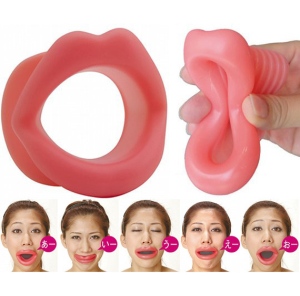
2. Chew on this plastic cookie 30 times a day to slim down your face! (*0*)


(Slim Mouth Piece comes with the ladies and gents versions too)
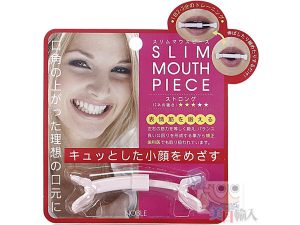

3. Stroke and massage your face with this miracle plate; it improves blood circulation and tighten the skin around eyes and mouth area, performing the function of whitening and rejuvenating the skin (Oh wow!)

4. Meet the Hana Tsun Nose Straightener that promises you a straight nose after sticking the device up your nostrils. (Oh god)
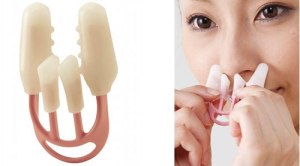
(Or a fancy version that clamps your nose straight)
5. Eye Lifting Goggles – 5 mins a day and off go your wrinkles around the eye. (With an extra effect of brow bone lifting)

6. Dark eye circles? The Eye Slack Haruka is a vibrating device that improves the blood circulation at the eye bag region, resulting in a youthful after 3 mins of daily use.
7. Face Slimming Rollers – rolling on the face helps exercise face muscle and promotes blood circulation. Helps removing double chin and slimming down the face!

8. This face belt produces heat and sweat, which burns fat from the face. Available for men too! (Never thought this is sold is real life)


Use it when you are bathing or sleeping:

9. Combat those unsightly wrinkles that develop on your brow or between the eyebrows with this Oyasumi Goodnight Stretcher. (How can you sleep in this?)

10. Sleeping Anti-Wrinkle Pad fits around your neck to provide gentle pressure on your chin area during the night, resulting the perfect chin and neckline.

11. Calorie Breath shrinks your stomach from approximately 30 inhales/exhales per day, resulting in weight loss and slimming effect. (I don’t get it)

12. Slim Legs Rollers massages and improves the blood circulation of the legs, thereby producing the perfectly slim legs.

Talking about obsessiveness!
Hope you enjoy this entry 🙂
